Vintage Tribal Kilim Runner 3' x 8' 10" (36" x 106")
Type:
Kilim RugsCollection:
Tribal RunnersID:
K0077482Size:
Material:
The designs feature a rich array of symbols representing tribal culture and Anatolian motifs, often in the form of medallions, diamonds, and other geometric shapes.
The designs feature a rich array of symbols representing tribal culture and Anatolian motifs, often in the form of medallions, diamonds, and other geometric shapes. These kilim runners are ideal for hallways and narrow spaces, offering a touch of ethnic charm and artisanal quality to any interior.
Herki kilims not only serve as functional floor coverings but also as artistic expressions of tribal identity, making each rug a unique cultural artifact.
Design Elements
- Pattern: The rug features a rich geometric design with repetitive motifs, typical of vintage tribal kilims. These patterns usually signify cultural heritage and storytelling through artistry.
- Texture: This runner showcases a flat-woven texture that provides a soft yet durable feel. The weave is designed to withstand wear, emphasizing practicality alongside aesthetics.
- Borders: The borders are adorned with smaller geometric shapes, framing the central motifs. This use of borders draws the eye inward and emphasizes the main designs.
- Symmetry: The symmetrical arrangement of the motifs creates a balanced visual appeal, suggesting harmony and stability within the cultural context of the rug.
- Lines: The presence of both sharp and soft lines in the motifs conveys a sense of movement and flow, reflecting the journey and experiences of the people who crafted the rug.
Colors
- Warm Tones: Dominant oranges and warm browns evoke feelings of comfort and warmth. These earthy colors reflect the natural landscapes and materials used in tribal life.
- Cream and Light Tones: The use of cream and light hues provides a soft contrast to the vibrant colors, enhancing the visibility of patterns and motifs.
- Accent Colors: Subtle shades of pink and darker tones within the same palette add depth and dimension, facilitating a dynamic interaction between elements in the design.
- Cultural Significance: The color choices reflect traditional meanings; for instance, orange often symbolizes energy and vitality, while browns represent the earth and stability.
Main Motifs and Symbolism
- Diamonds: The diamond shapes noted in the pattern are often interpreted as symbols of protection and strength, reflecting the wish for safeguarding loved ones.
- Triangles: This geometric form often conveys mountains or the idea of growth and ascent, signifying aspirations and the journey toward success.
- Interlocking Patterns: The interconnected patterns often suggest unity and community, emphasizing the importance of relationships among family and tribe members.
- Sun and Earth Symbols: Colors used are reminiscent of mountainous landscapes and sunshine, encapsulating the connection to nature as essential for life and sustenance.
Summary
The vintage tribal kilim runner is characterized by its intricate geometric designs, warm color palette, and symbolic motifs. Each element—ranging from the vibrant warmth of oranges and browns to the meanings embedded in diamond and triangle shapes—carries cultural significance. Together, these design elements and colors embody a rich storytelling heritage, emphasizing community, protection, and a deep connection to nature.
- Ships in 1-4 business days
- Only one in stock, handmade, unique
- Free shipping via FedEx Express. Easy returns
- Contact us or add a note to your order if you want us to delay your shipping.
- Request more info if you want this rug shorter or narrower
Colors may appear slightly different across various monitors due to screen settings device differences, and external lighting conditions. If color accuracy is important for your space, we recommend viewing the rug on multiple devices or contacting us for a detailed color description. We can provide detailed photos and references using Sherwin-Williams, Benjamin Moore, Pantone, or even Crayola crayons.
You can also visualize most of our products in your own room with AR (augmented reality) on an iPhone or iPad.
Return Policy
Need a rug pad? We recommend RugPadUSA
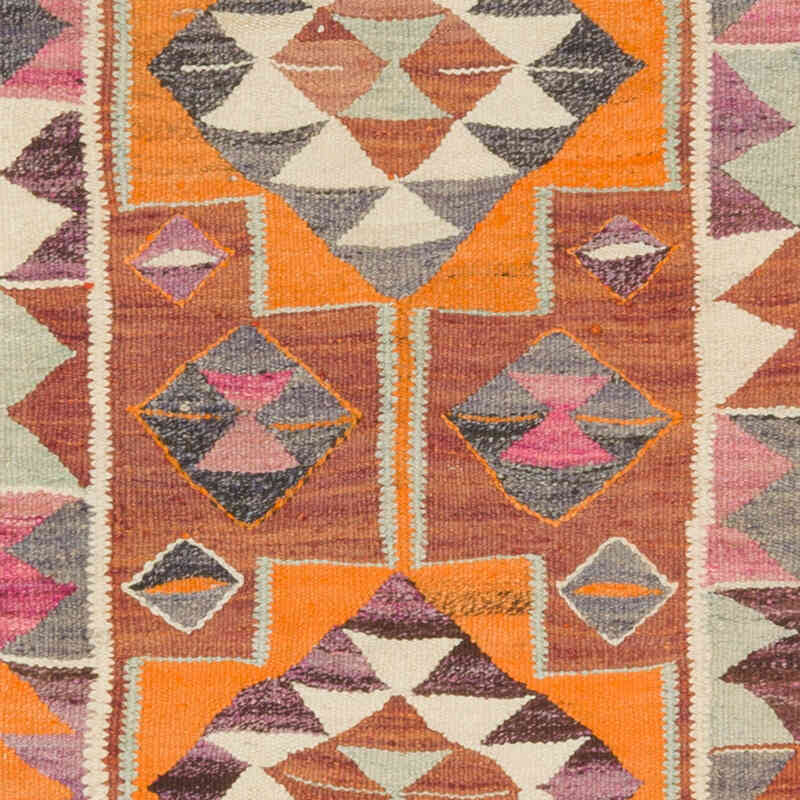
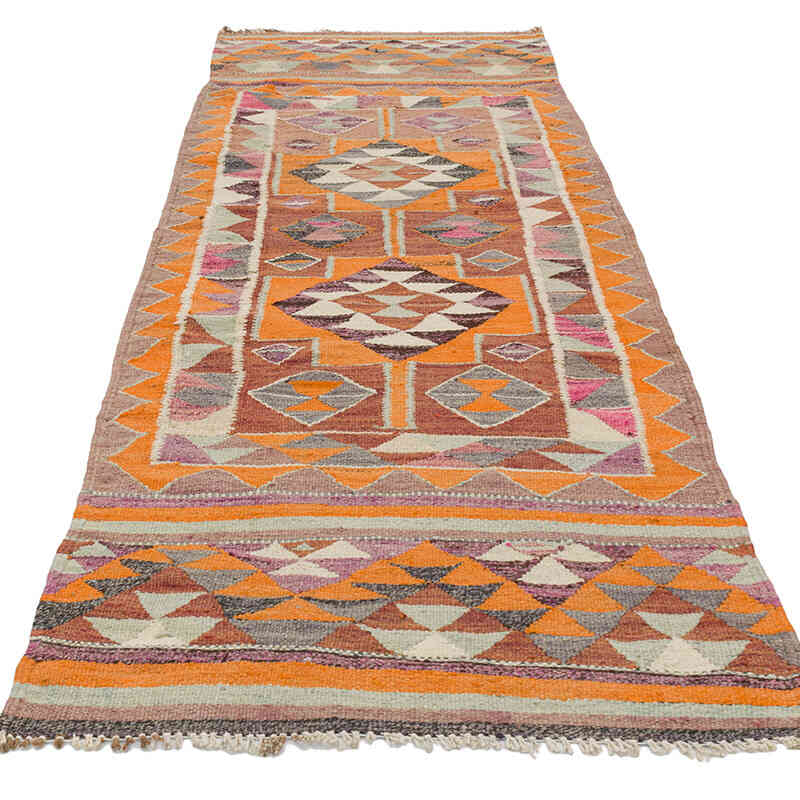
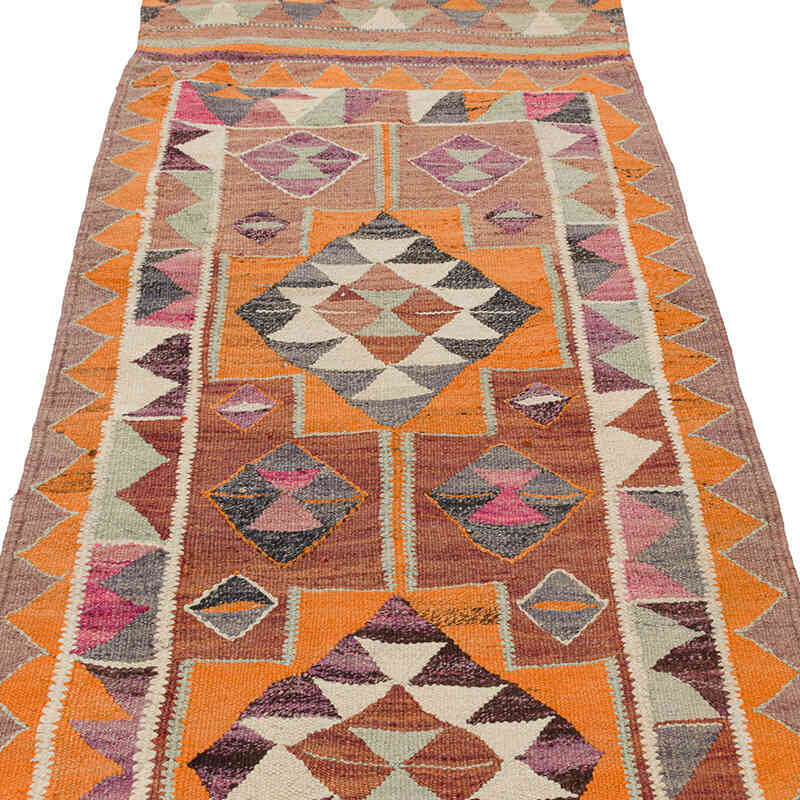
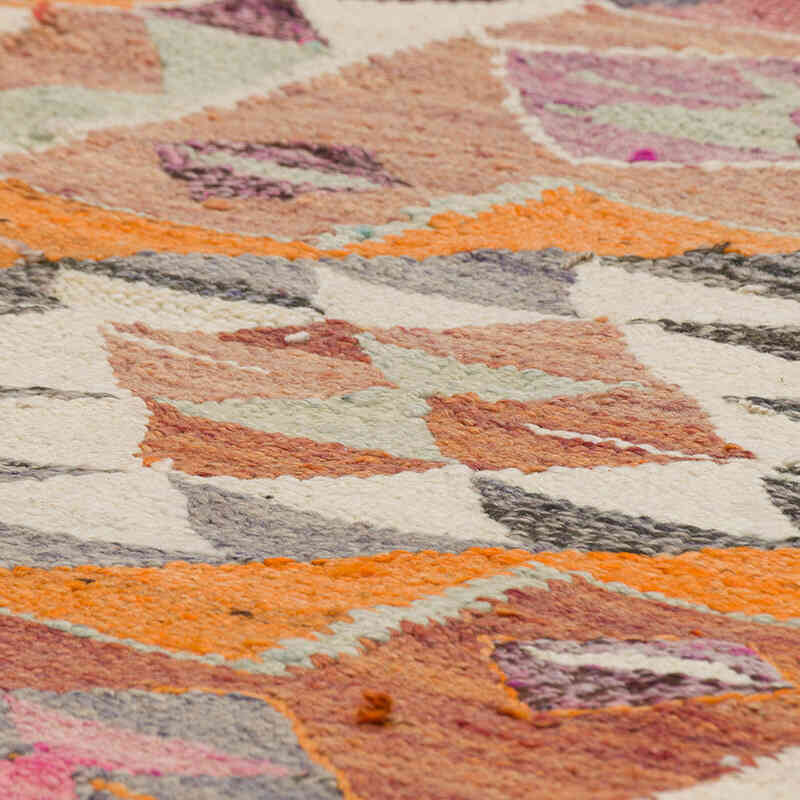
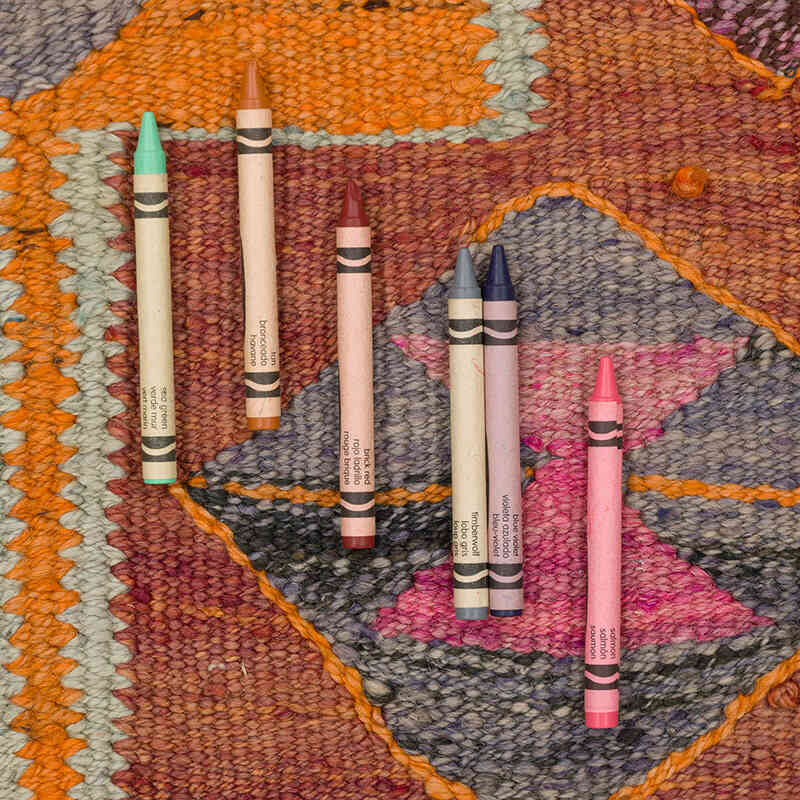
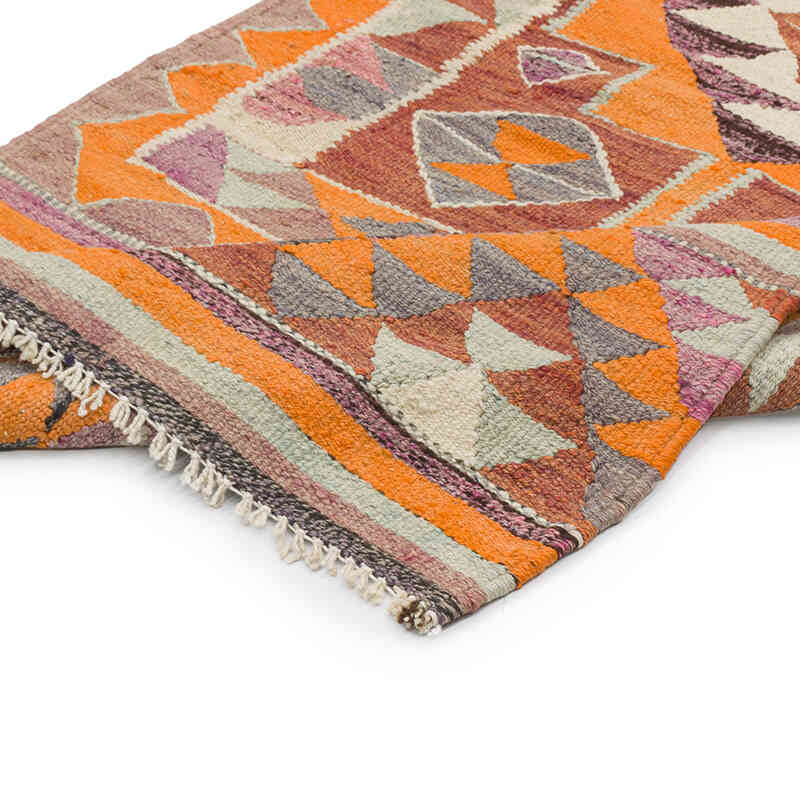
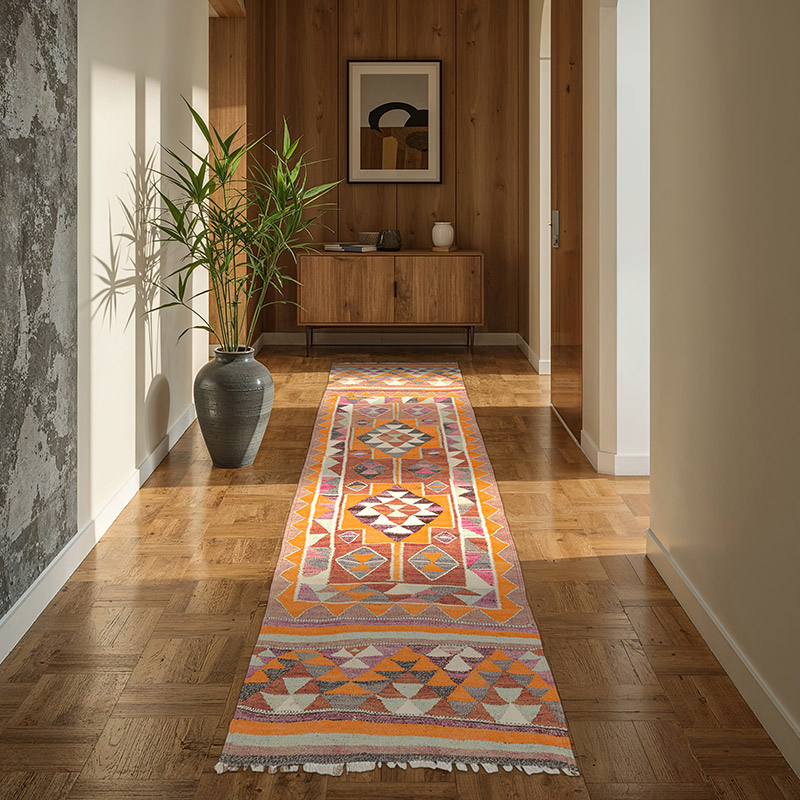
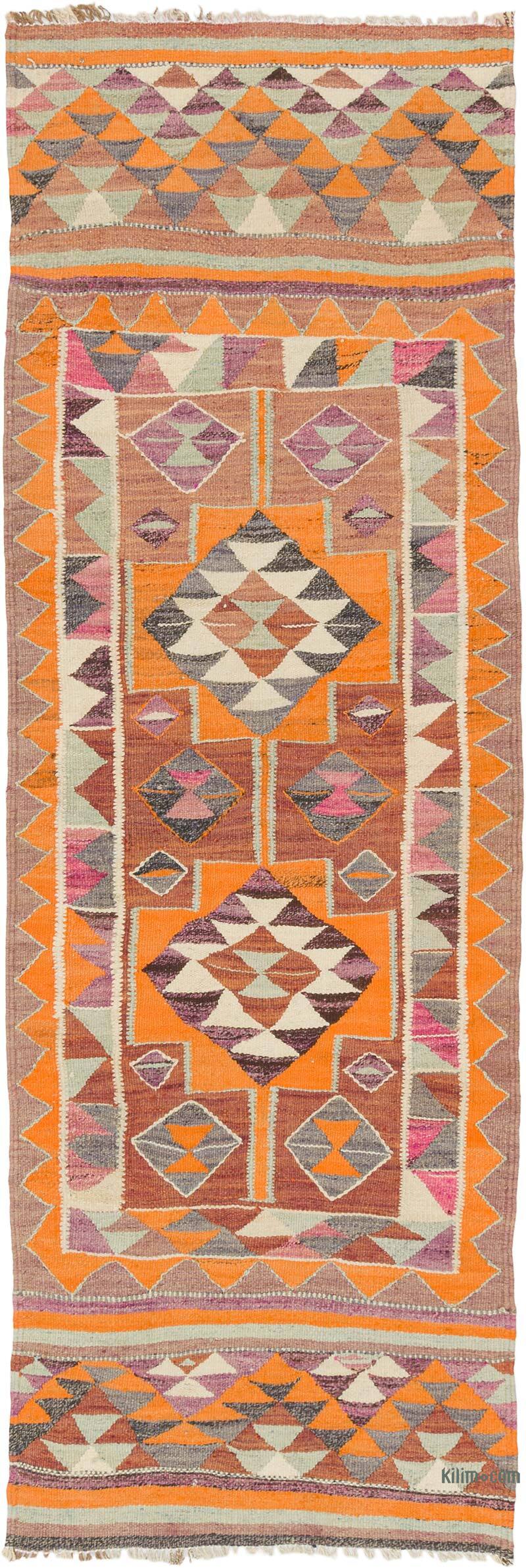




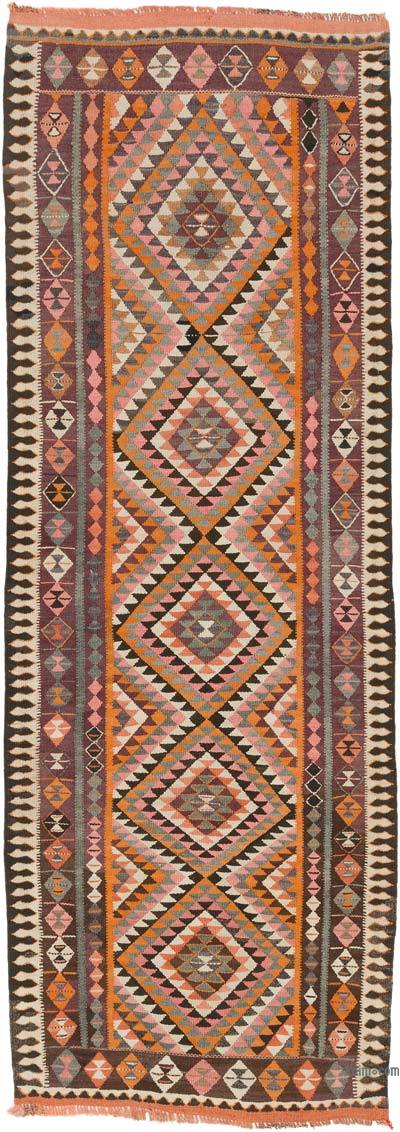










Beautiful rug and putting extra effort in customer relations